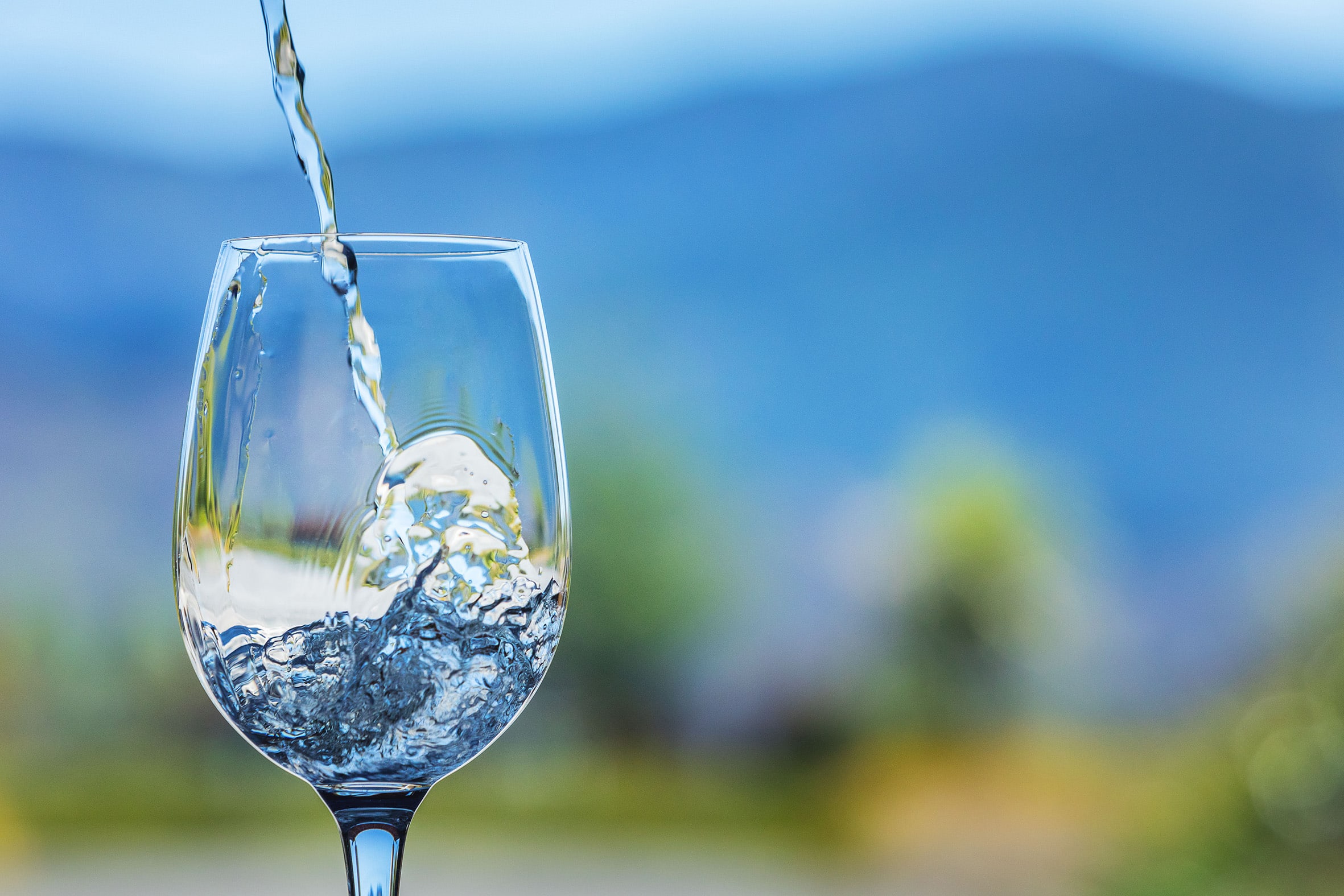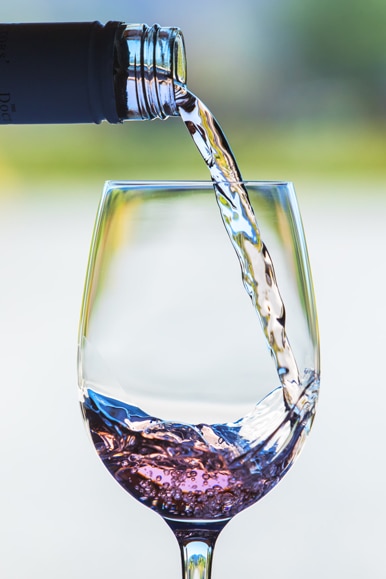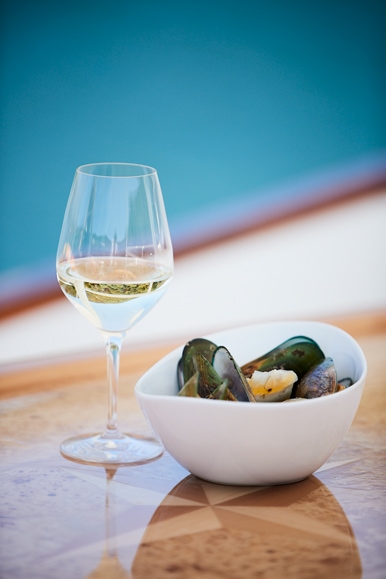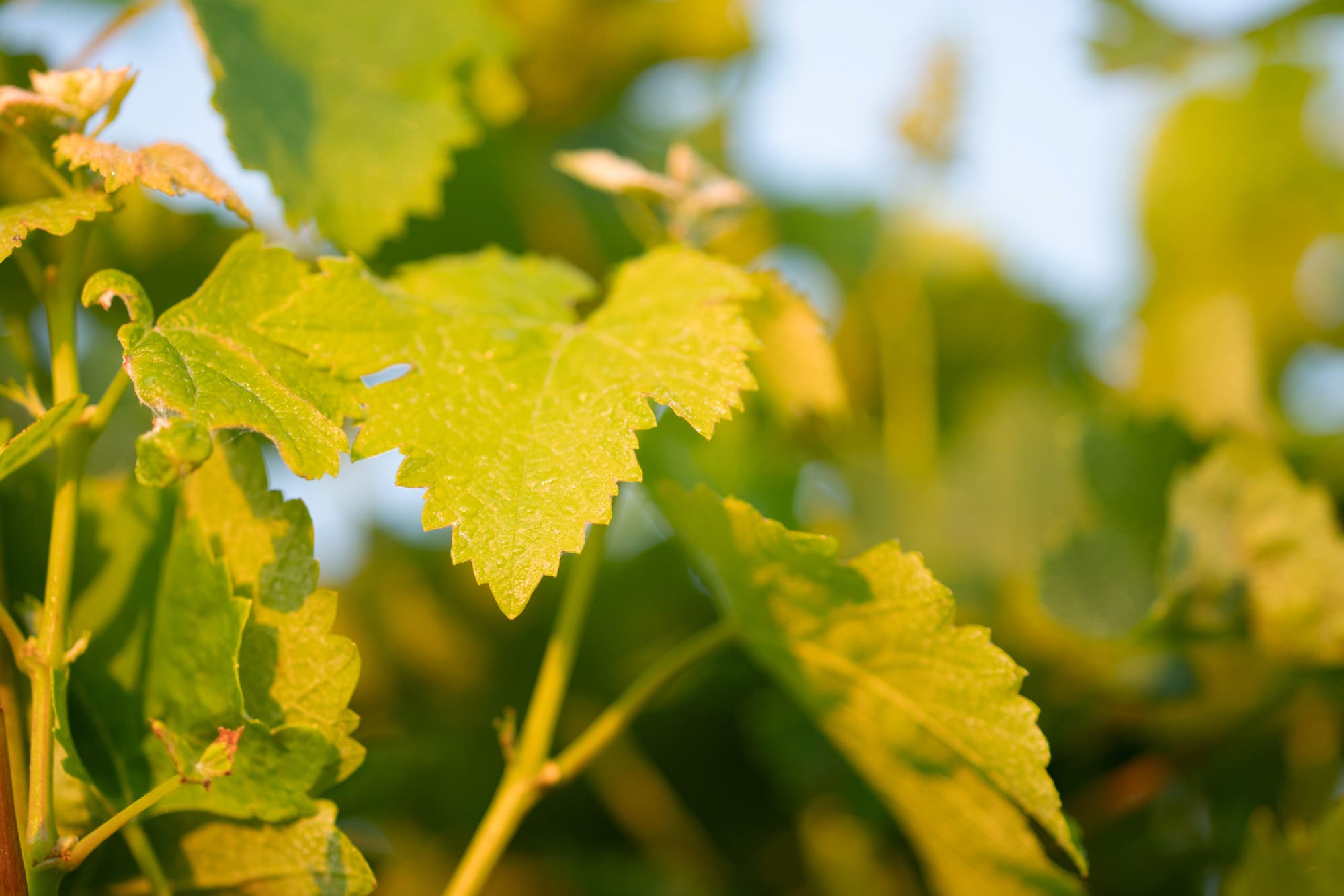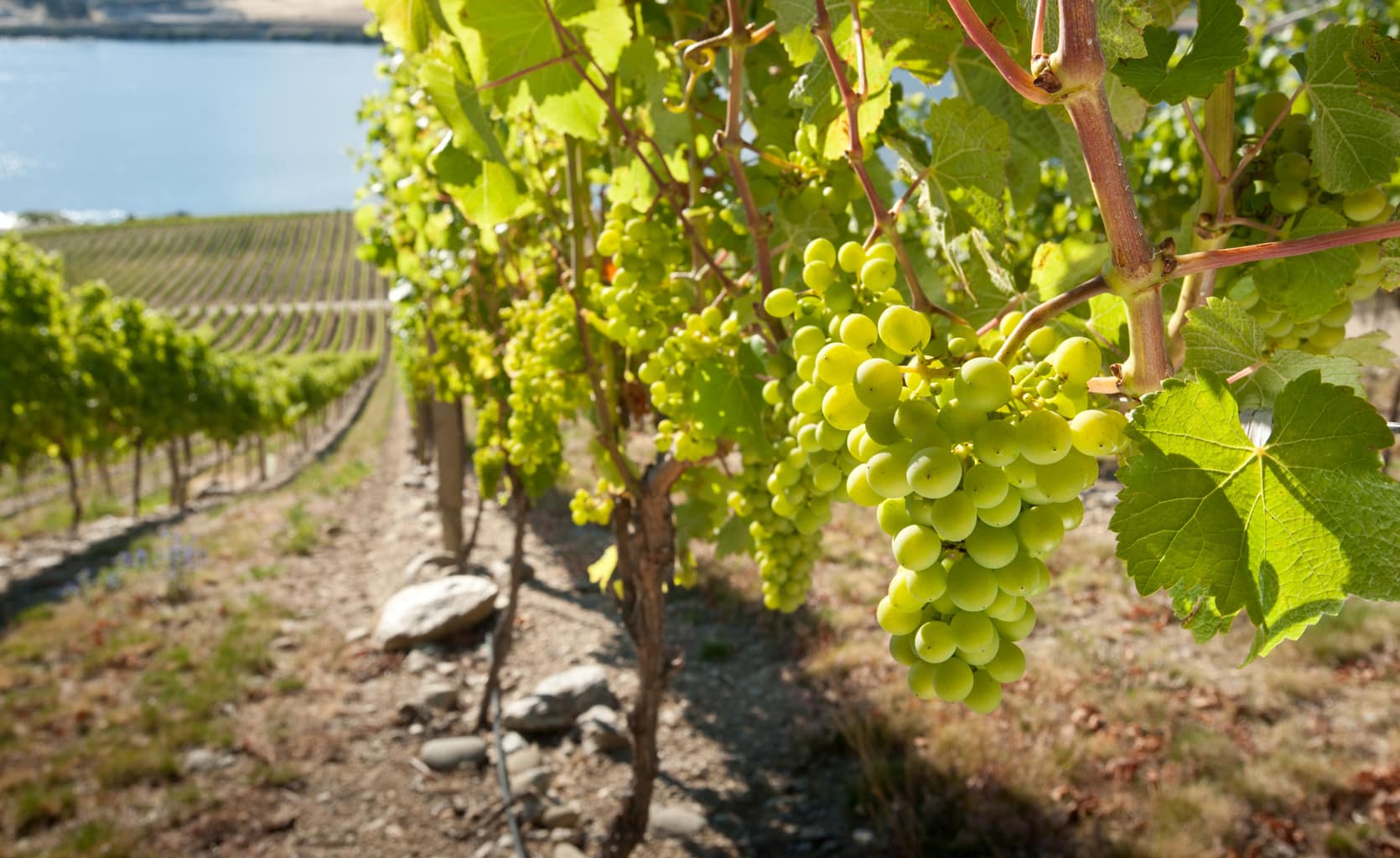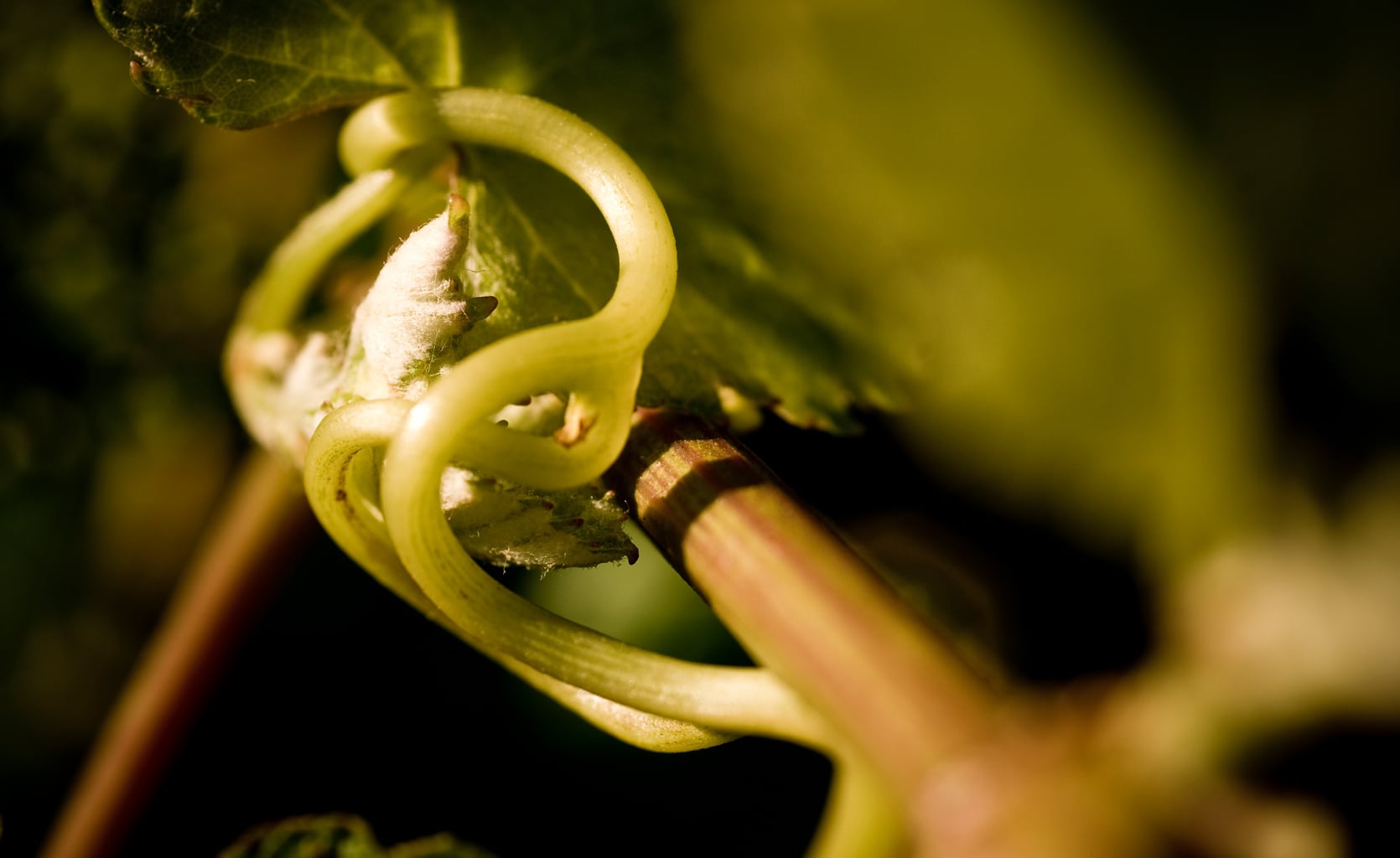Jack Muir and Ken Morison, University of Canterbury
Calcium tartrate is one of the crystals that can form in wine and is considered undesirable by winemakers. It is perceived negatively by consumers, with some seeing it as a sign of poor quality or mistaking it for small shards of glass. There are no routine tests to determine if a wine will form calcium tartrate or not, which makes it difficult to prevent. The formation also typically takes a long time, with many crystals forming months after the bottling process. This research project aimed to develop a mathematical model to describe the relevant wine chemistry and predict the likelihood
of calcium tartrate formation. This would allow winemakers to know if their wines required treatment and take preventative measures. This can be done using methods such as seeding with calcium tartrate crystals to induce faster crystal formation, which can be followed by filtration to remove the solids.
Progress update
Previously, the model had been adapted from a project studying precipitation in dairy, with major changes made to account for the presence of ethanol and other chemical differences. Experimental testing of wines has now been carried out to validate the model, and a simpler version was created that required less analysis, making it more practical for winemakers to use. An online app was created through collaboration with Bragato Research Institute, ensuring that the model is accessible for winemakers.
Method summary
A variety of wines with and without calcium tartrate crystals were tested to determine the concentration of key chemicals. These were mostly white wines, as it was easier to see if they had formed crystals or not, and the majority were New Zealand wines over one year old. Organic acids (citric, tartaric, malic, lactic, acetic, succinic), sugars (total glucose and fructose), and other chemicals (sulphate, phosphate, chloride) were determined with high-performance liquid chromatography and ion chromatography, and the major minerals (calcium, magnesium, potassium, and sodium) were measured with microwave plasma atomic emission spectroscopy. The ethanol content was taken from the bottle label. Wines with crystals were filtered, and the crystals were redissolved so the original wine composition could be determined. These concentrations, along with the pH (a measure of acidity), were input into the model to determine the supersaturation ratio, which is a measure of how saturated the solution is with calcium tartrate. Higher supersaturation ratios indicate that a wine is more likely to precipitate calcium tartrate, and theoretically, any wine with a ratio greater than 1 could form crystals.
Results
There was no single factor that could be used to predict the formation of calcium tartrate crystals. When considered in isolation, there was no difference between the average calcium or tartaric acid concentrations when the wines that formed calcium tartrate crystals and the wines that formed no crystals were compared. This was the same for all of the other chemicals that were measured. The most significant factor, though not statistically significant, was the pH of the wine. The pH is important as higher pH values mean that there will be a larger fraction of tartaric acid in the tartrate ion form, which is what binds to calcium to form calcium tartrate. This initial analysis showed why modelling the interactions between the chemicals was important.

Figure 1: Supersaturation ratios for the wines that formed no crystals and the wines that formed calcium tartrate crystals when using the simplified version of the model.
The model with interactions was used to predict the supersaturation ratios for each group. This found that all the wines had a supersaturation ratio greater than 1, indicating that they all could have formed calcium tartrate. For the wines with no crystals, this could be because there are other compounds that were not accounted for in the model that are inhibiting the formation of crystals. The wines that formed calcium tartrate crystals had higher supersaturation ratios on average. While there was some overlap between the two groups, the model could be used to sort wines into low-, medium-, and high-risk categories for calcium tartrate precipitation.
The model contained a large number of chemicals and required analysis with equipment that most wineries would not have easy access to. This would limit its usefulness as a tool, so a reduced version was created. The required inputs for this were the concentrations of ethanol, calcium, tartaric acid, malic acid, lactic acid, and pH. Testing of this model showed that it was able to get very similar results to the full model, and also had higher supersaturation ratios for wines that formed calcium tartrate, as shown in Figure 1. This model has been made available for public use as an online app through BRI.
While no single parameter could determine if a wine would form calcium tartrate or not, some general recommendations can still be given: Additives containing calcium, such as calcium carbonate for deacidification, should be avoided. Ethanol decreases the solubility of calcium tartrate, so producing lower ethanol wines would decrease the likelihood of precipitation. The pH should be kept low when possible, and acidification could be considered if it is high. Ideally, this would be done with malic acid instead of tartaric acid, as malic acid can bind to calcium and lower the likelihood of crystal formation. Malolactic fermentation should also be avoided when possible. This process converts malic acid to lactic acid, which is less effective at inhibiting calcium tartrate formation.
Conclusion
No single factor can be used to predict the likelihood of calcium tartrate precipitation, as they all interact and affect each other. A model has been created that can determine if a wine is at low-, medium-, or high-risk and this can be used as a tool by winemakers to determine if wines should be treated appropriately. The calcium tartrate model can be accessed at bri.co.nz/portfolio/calcium-tartrate/.
About the project
Precipitation of calcium tartrate and other compounds in wine was a three-year project sponsored by Bragato Research Institute and carried out through a partnership with the University of Canterbury. The aim was to provide a tool that would allow winemakers to predict the formation of calcium tartrate in wine, so they would know when preventative measures should be used. View the calcium tartrate model here.




